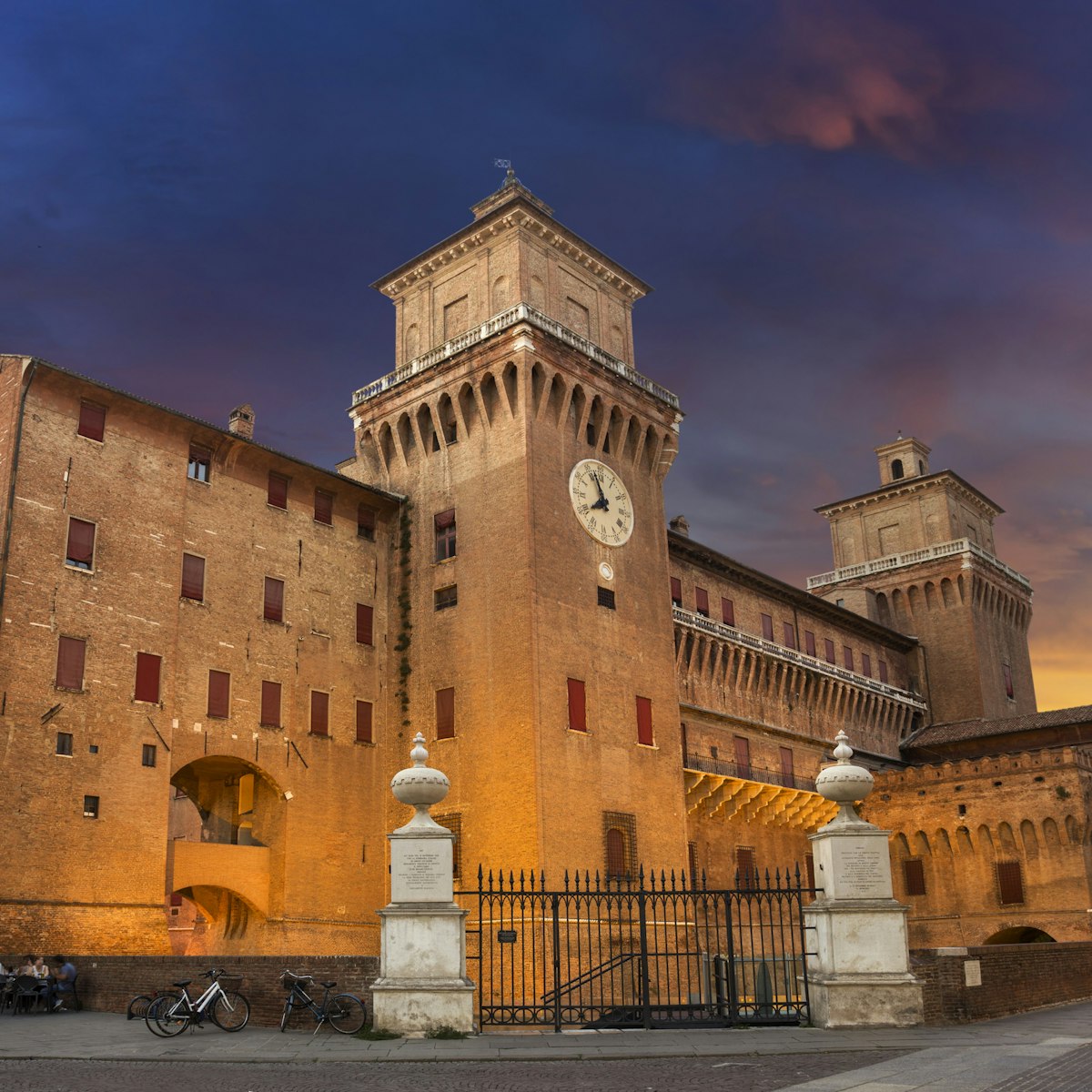This mouthful of a museum inside Palazzo Sanguinetti – the former home of Napoleon's Italian minister – chronicles six centuries of European musical history and is one of the pillars of Bologna's designation as a Unesco Creative City of Music. It houses one of the most astonishing collections of musical artefacts in the world, including extinct instruments (cornets, chromatic harps, lutes, trumpet marine etc) and documents (manuals, sheets, notes, scores etc) curated from the lifelong collection of Giambattista Martina, considered a human Wikipedia of musical history.
This humble friar single-handedly assembled the world's first encyclopedia of ancient musical knowledge with no money and no resources in the mid-18th century and is considered the father of maestros. Among the manageably sized exhibits, look for Harmonice Musices Odhecaton A (1501), the first musical book ever printed; the original autographed manuscript of The Barber of Seville (1816); scores of fascinating instruments (only playable due to historic manuals in the museum); and unique portraits of the maestros – Vivaldi, Handel, Farinelli, Mozart and many others – commissioned specifically for Matina.







